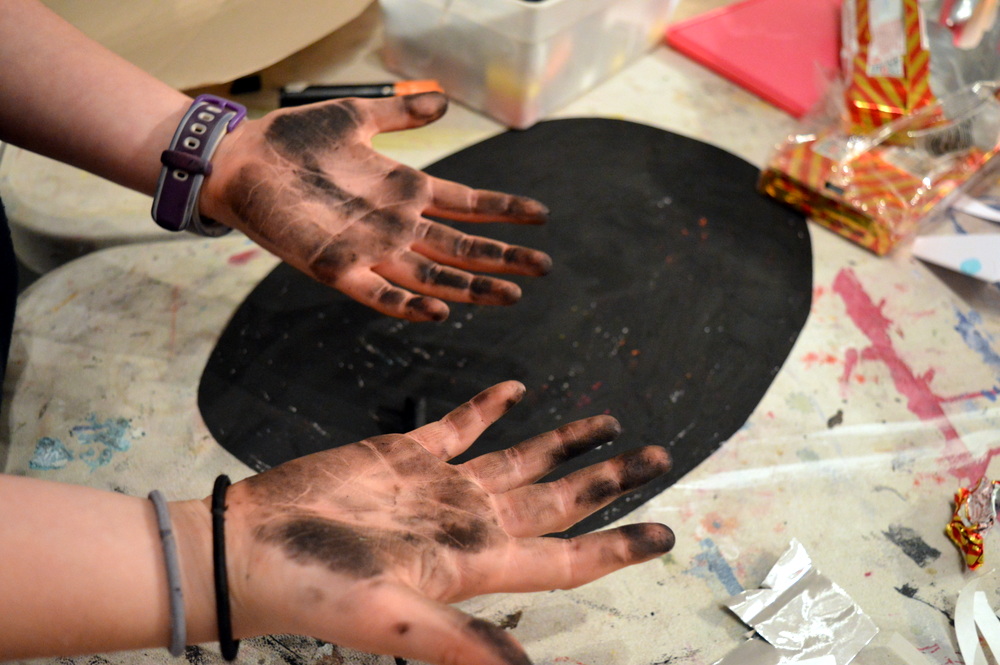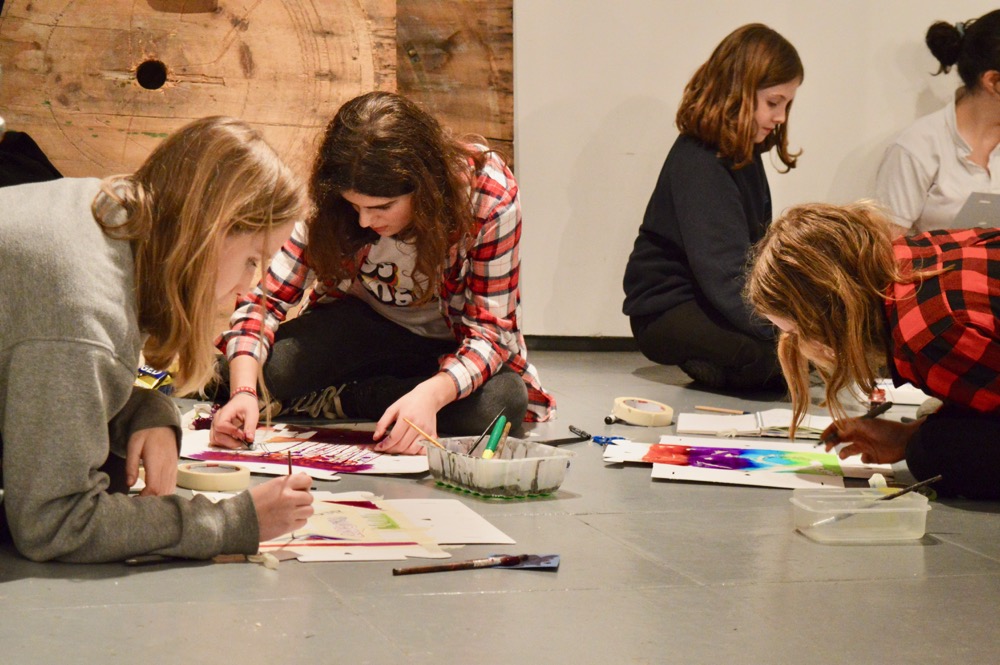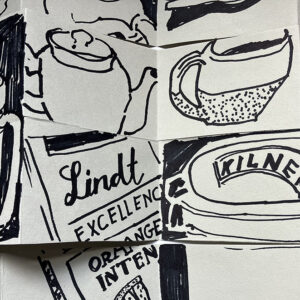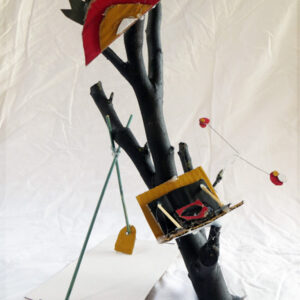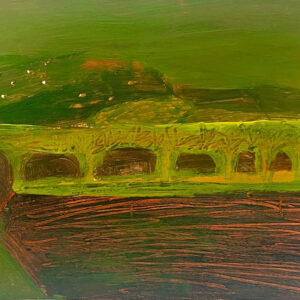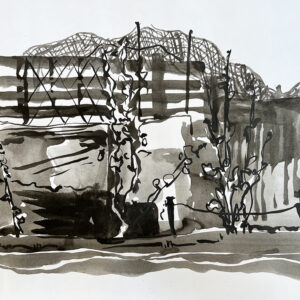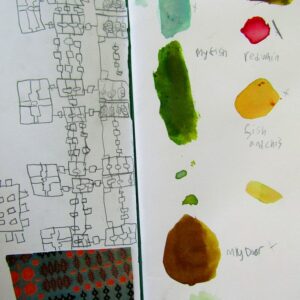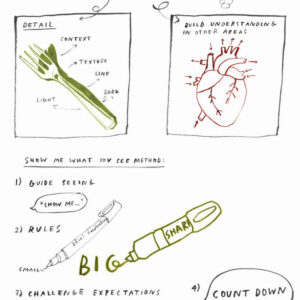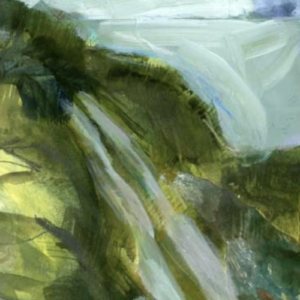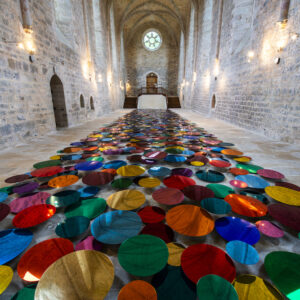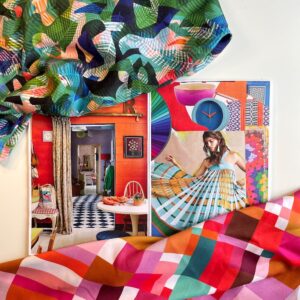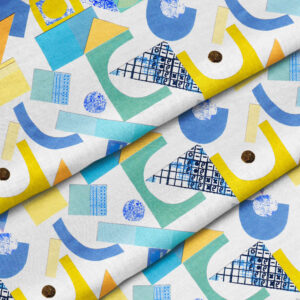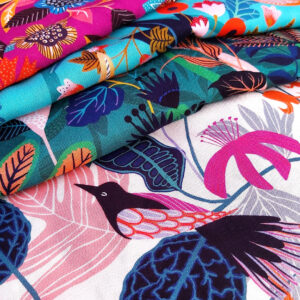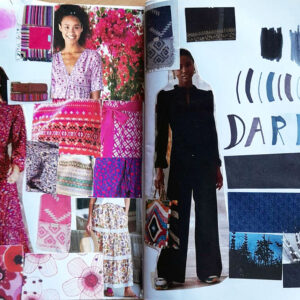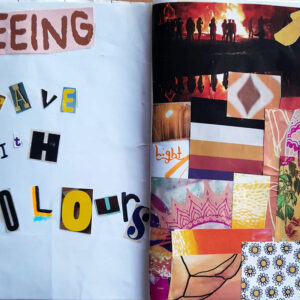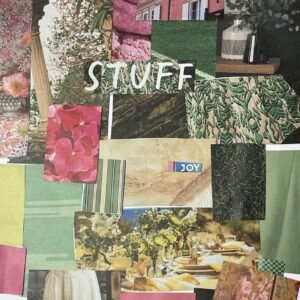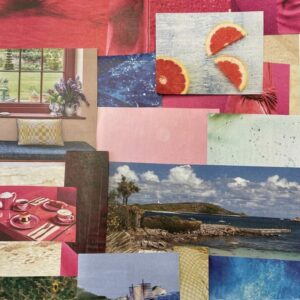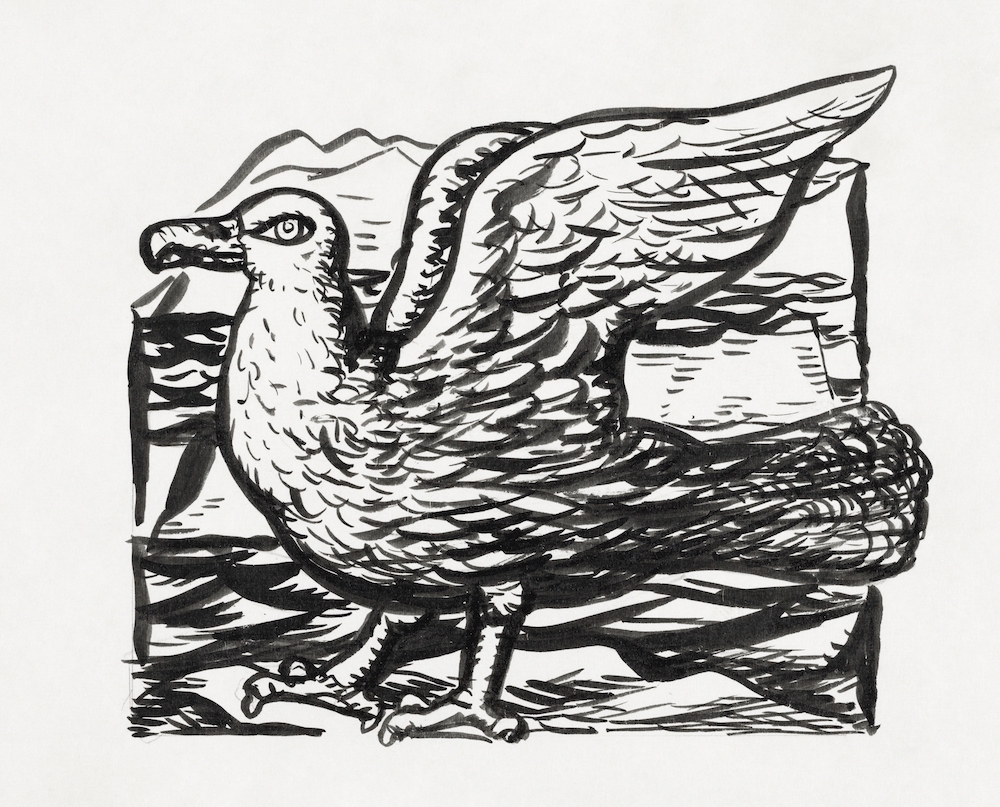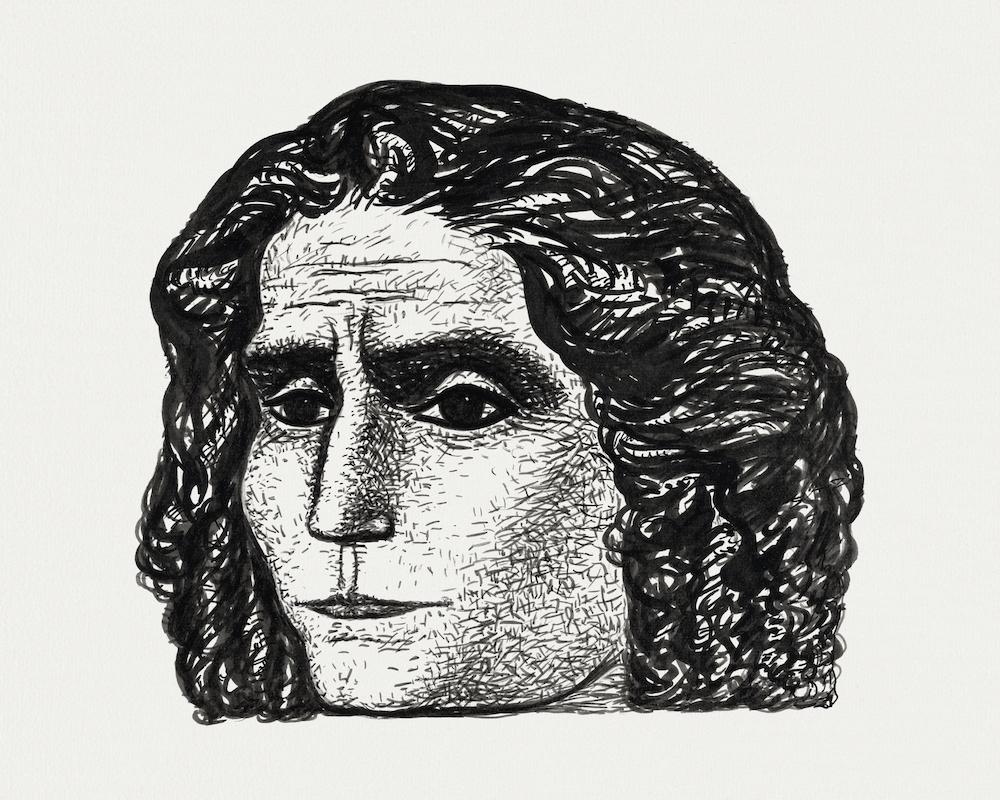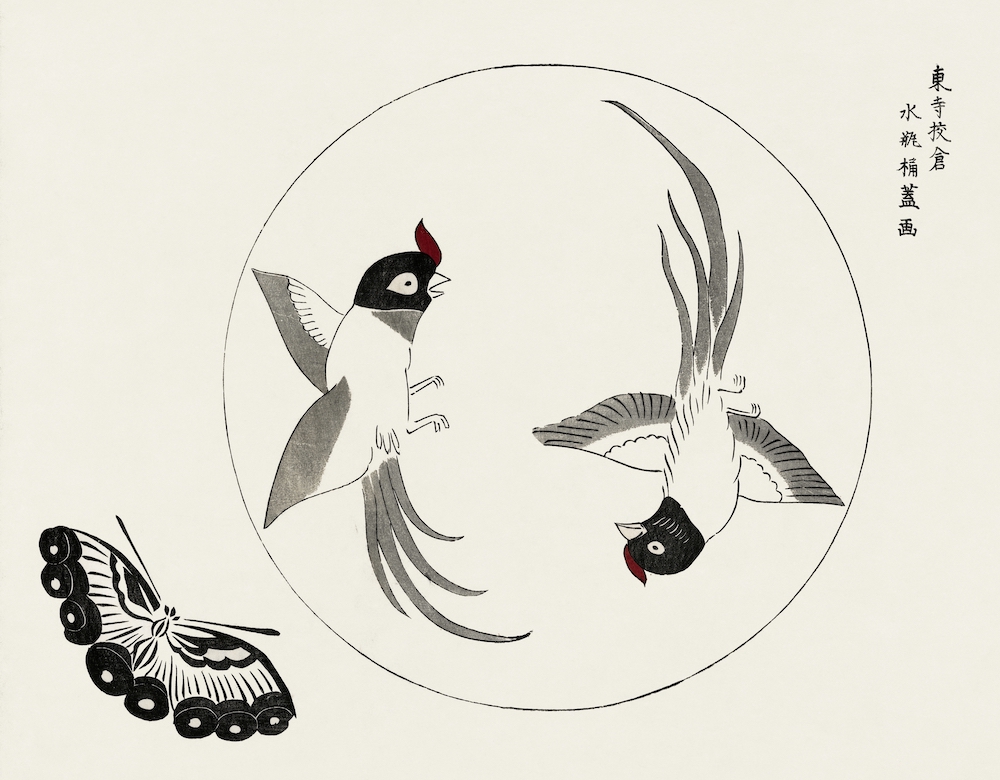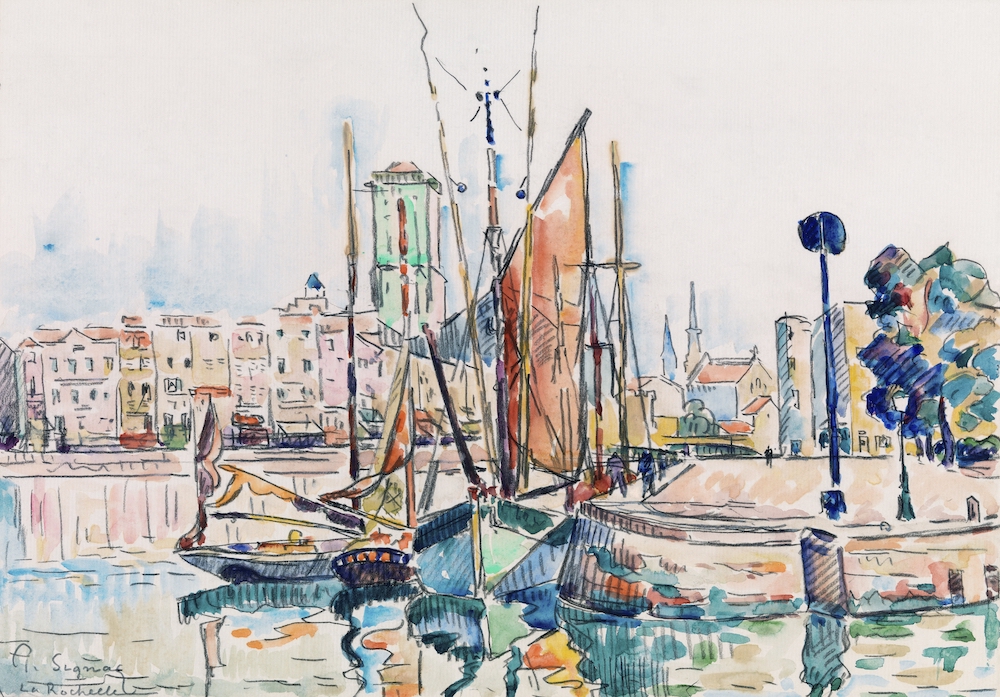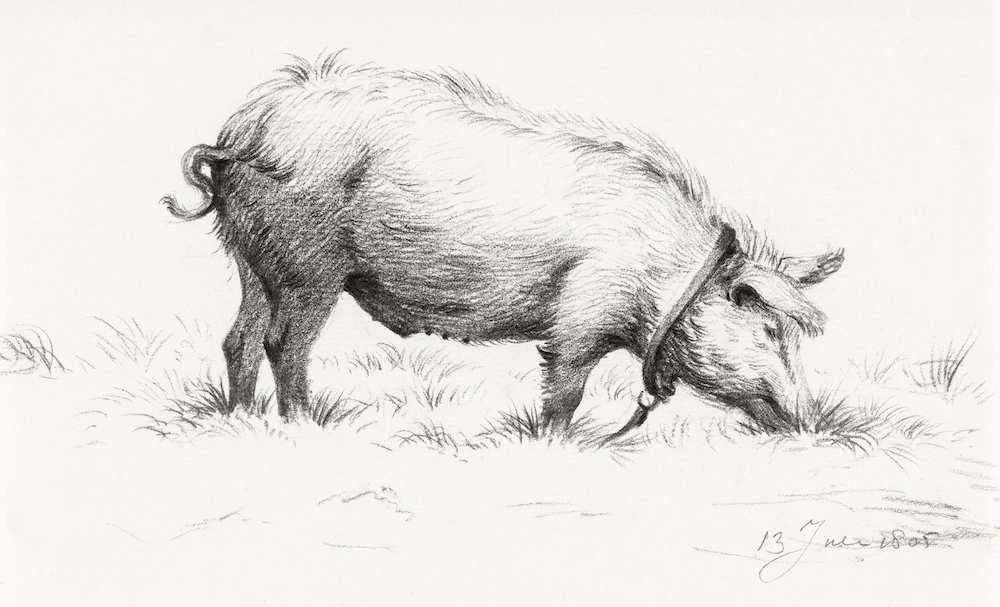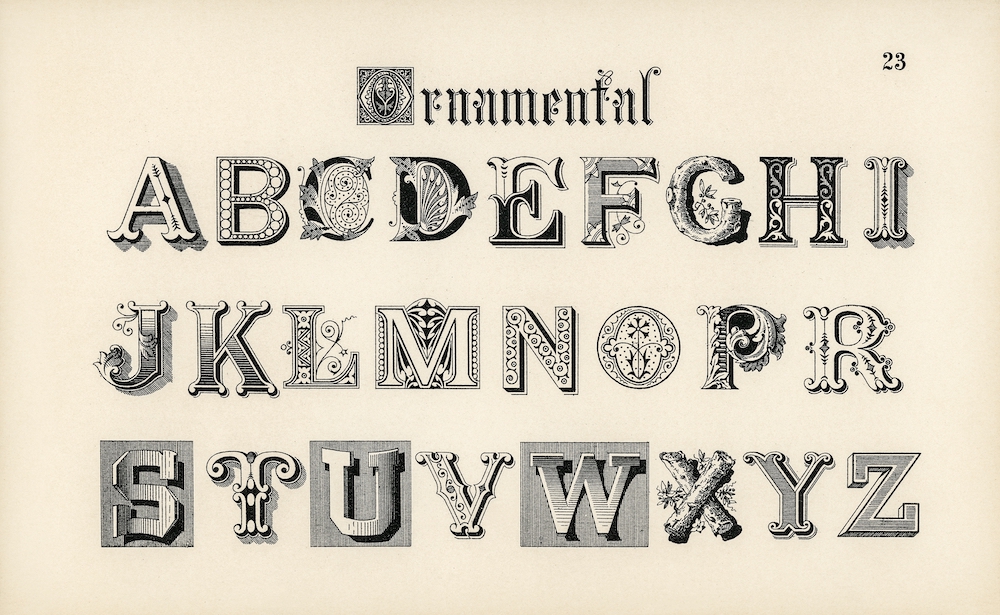In this CPD Zoom recording, we look closely at the principles, processes and techniques of drawing, to help art leads deliver training sessions.
We understand that many art leads and newly qualified teachers feel unprepared to teach art. This session will introduce you to the discipline of drawing and provide activities and key resources from AccessArt, which you can then use with your staff in a CPD in your school at a later date. The session will be a combination of theory and practice, and no prior knowledge of the area is required.
You will need to log in as a member to access the recording below.
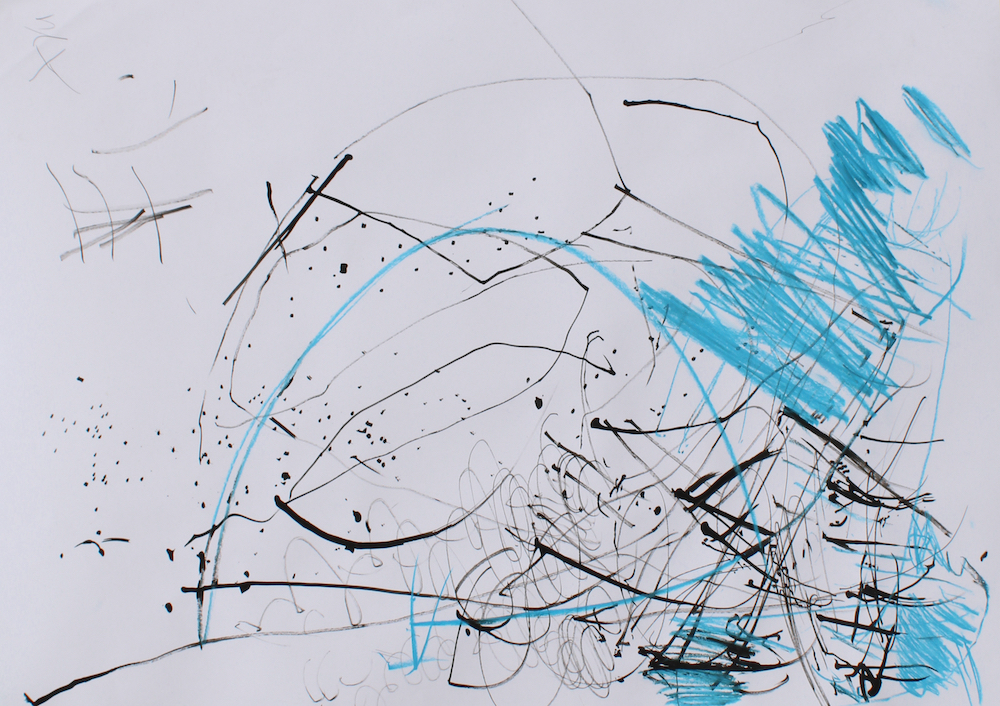
To access all content, I would like to join as…
AccessArt is a UK Charity and we believe everyone has the right to be creative. AccessArt provides inspiration to help us all reach our creative potential.
